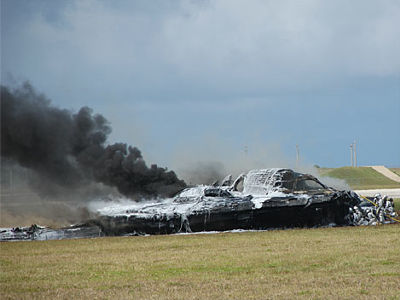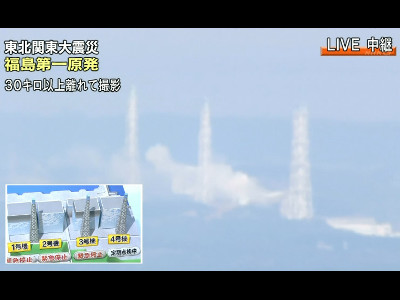How did the US military's special bomb, the 'Bunker Buster,' attack Iran's deep underground nuclear facilities?
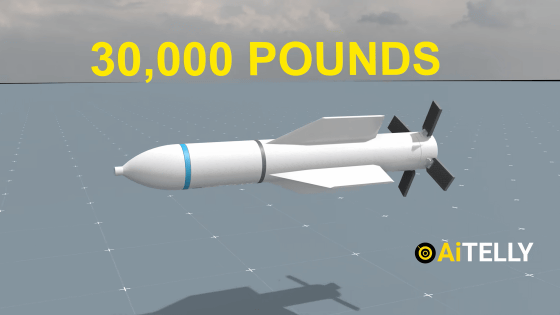
On Sunday, June 22, 2025, Japan time, the US military
How a Bunker Buster Bomb Works? - YouTube
According to a US military announcement, the bombing of Iran's nuclear facilities took place between 7:40 and 8:00 a.m. Japan time on June 22, 2025. The attack was led by seven B2 strategic bombers, who dropped a total of 14 GBU-57s , the largest type of bunker buster. This was the first time that the GBU-57 was used in combat. The US military has named this operation ' Operation Midnight Hammer .'
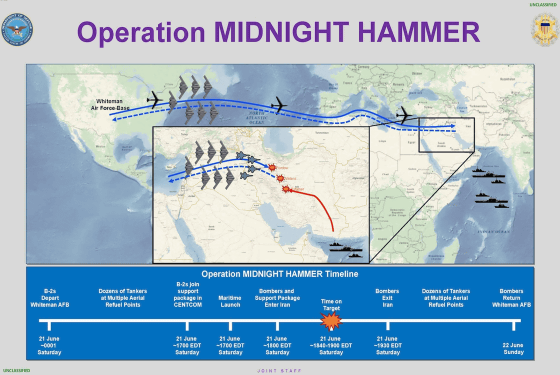
The Bunker Buster 'BLU-109', developed in the 1970s, can dive to a depth of approximately 1.2m to attack targets.

The GBU-28, developed to attack Iraq's underground command center during the First Gulf War, can dive to a depth of approximately 6 meters.
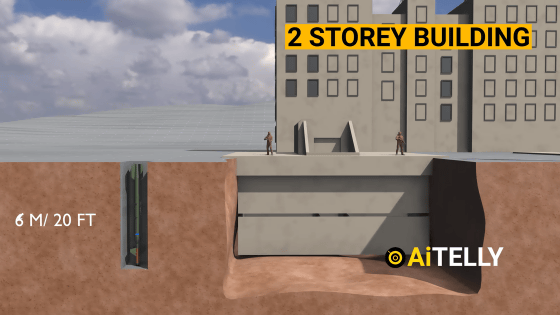
The GBU-57, which was used for the first time in the attack on Iran, can attack targets up to 60 meters underground.
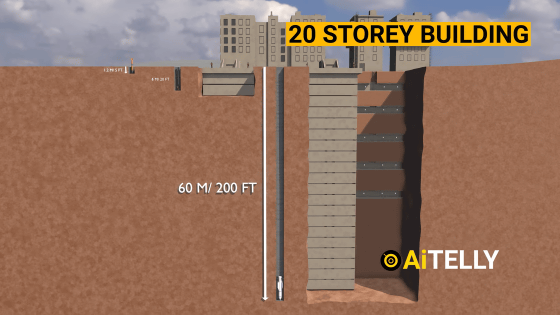
The GBU-57 is 6.25m long, 80cm in diameter, and weighs 14,000kg. This massive mass allows it to penetrate reinforced concrete and other materials while penetrating deep into the ground.
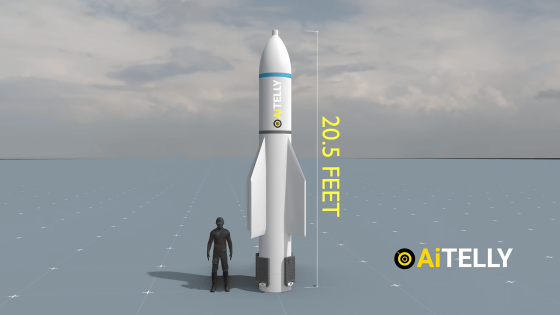
The GBU-57's exterior is constructed from a hardened ferro-cobalt alloy.

The exterior alone accounts for 80% of the total weight.
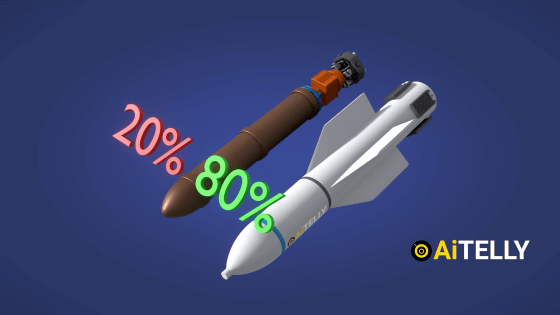
The explosive unit, filled with gunpowder and fuse, weighs 2,267 kg.
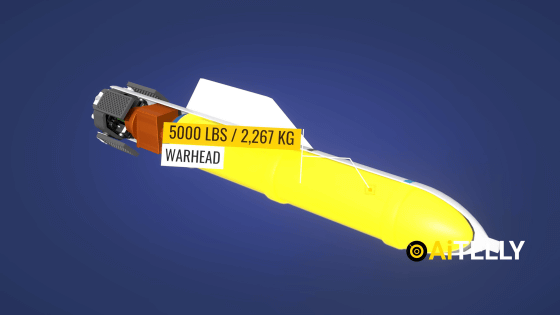
The rear is packed with a military-grade GPS antenna and battery.
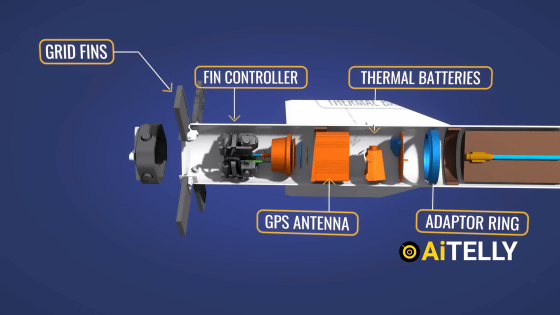
And at the very rear are four movable fins.
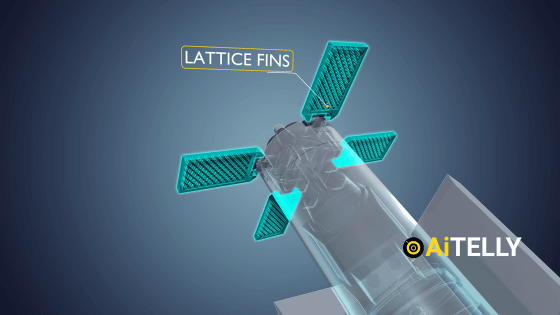
The fins are powered by batteries and can adjust the direction of the GBU-57. The GBU-57 does not have thrusters, so the direction of the GBU-57 is adjusted only by adjusting the drop of the fins.
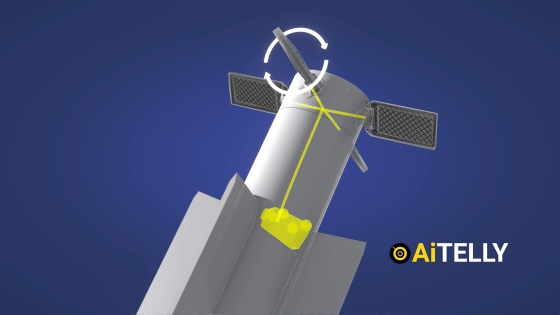
The procedure for the attack is as follows. First, the GBU-57 is transported to the operational area by bomber. At the time of writing, the only bomber capable of carrying the GBU-57 was the US military's B2, which was also used to attack Iran's nuclear facilities.

GBU-57s were dropped from high altitude above the operation site.
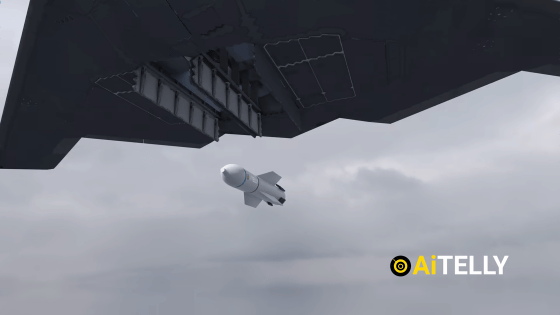
The GBU-57 uses GPS to determine its location and moves its fins to aim at its target.
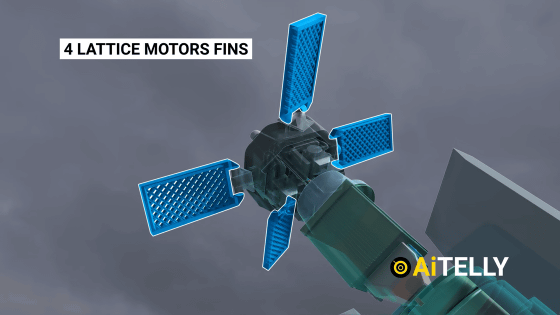
It falls towards the target of attack.
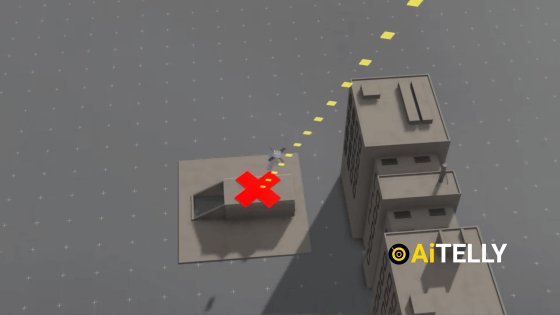
When it comes into contact with the ground, it does not explode but sinks underground.

It reached a depth of 60m, penetrating reinforced concrete as well.
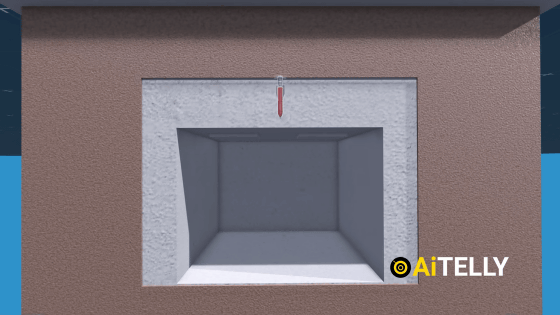
Once it reaches its target it will explode, causing massive damage.
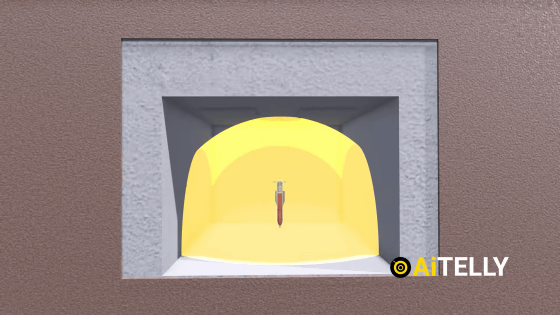
Conventional bombs detonate when they come into contact with the ground, but the GBU-57 is equipped with two types of fuses: one that detects gravitational acceleration and one that detonates after a time lag. This allows the bomb to detonate after it has penetrated deep underground after coming into contact with the ground.

The development cost of the GBU-57 is estimated to be between $400 million and $500 million (approximately 59 billion to 73 billion yen), and the production price per unit is estimated to be $3.5 million (approximately 510 million yen).

Related Posts:






